Central African Republic: Birao death toll rises to 38 after renewed militia fighting
The death toll in fighting between rival Central African Republic militias in Birao at the weekend has risen to 38, the United Nations said on Monday, September 16.
MINUSCA, the U.N. mission in the Central Africa Republic, initially put the death toll at 23.
“This weekend, there were new clashes in the town of Birao,” Stéphane Dujarric, Spokesman for the United Nations Secretary-General said at the Daily Press Briefing.
“The U.N. peacekeeping mission reports that 38 combatants from two armed groups died, and others were injured,” Dujarric said, adding that there were no reports of civilian casualties.
U.N. Force Commander General Balla Keita met at the weekend with the mayor of Birao to assess security measures and developments. The situation was calm on Monday, although tensions persist in the city, Dujarric said.
“As a reminder, violence in Birao has forced over 13,000 people to flee their homes since the beginning of the month,” he noted.
Fierce clashes between rival militias in recent months have raised concerns about whether the peace accord aimed at ending years of violence in CAR will hold.
 The country’s president, Faustin-Archange Touadera, this month told AFP that the agreement was “quite strong,” but MINUSCA on Saturday said fighting had broken out in Birao, a city in the northern Vakaga prefecture close to the borders with Sudan and Chad.
The country’s president, Faustin-Archange Touadera, this month told AFP that the agreement was “quite strong,” but MINUSCA on Saturday said fighting had broken out in Birao, a city in the northern Vakaga prefecture close to the borders with Sudan and Chad.
The clashes were between the Popular Front for the Renaissance of the Central African Republic (FPRC) and the Movement of Central African Liberators for Justice (MLCJ).
The rival militias also fought in the city earlier this month.
“The situation remains tense but there is no more fighting,” MINUSCA spokesperson Vladimir Monteiro said.
“A MINUSCA blue helmet was also slightly wounded,” he added, without specifying the nationality.
A Zambian contingent of the multinational force is stationed in the area.
Both the FPRC and MLCJ were among 14 armed groups that reached a peace agreement with CAR’s government in February. That led to the formation of a new government that includes representatives of the groups.
In April, the two groups were among six that signed a second peace agreement in Bria aimed at bringing an end to violence in the Haute-Kotto prefecture, south of Vakaga.
A divided country
Despite reserves of diamonds, gold, uranium, copper and iron, Central African Republic remains one of the world’s poorest countries.
Fighting broke out between the Seleka, a coalition of mainly Muslim rebel groups, and the mainly Christian anti-balaka militia in 2012. A peace deal was signed in January 2013, but Seleka rebels captured the capital Bangui that March and ousted President Francois Bozize.
The Seleka was officially disbanded within months, but many fighters refused to disarm, becoming known as ex-Seleka. Many others joined the anti-balaka militia to fight the Seleka, leading to a spiral of violence between groups along religious and ethnic lines.
By the end of 2014, CAR was de facto partitioned – anti-balaka in the southwest and ex-Seleka in the northeast.
Elected in 2016, President Faustin-Archange Touadera’s weak government controls around a fifth of the country and relies heavily on the U.N. peacekeeping mission, MINUSCA, for support. The rest is controlled by at least 14 different militia groups who often fight each other for revenue from extortion, roadblocks or mineral resources.
With reporting from AFP

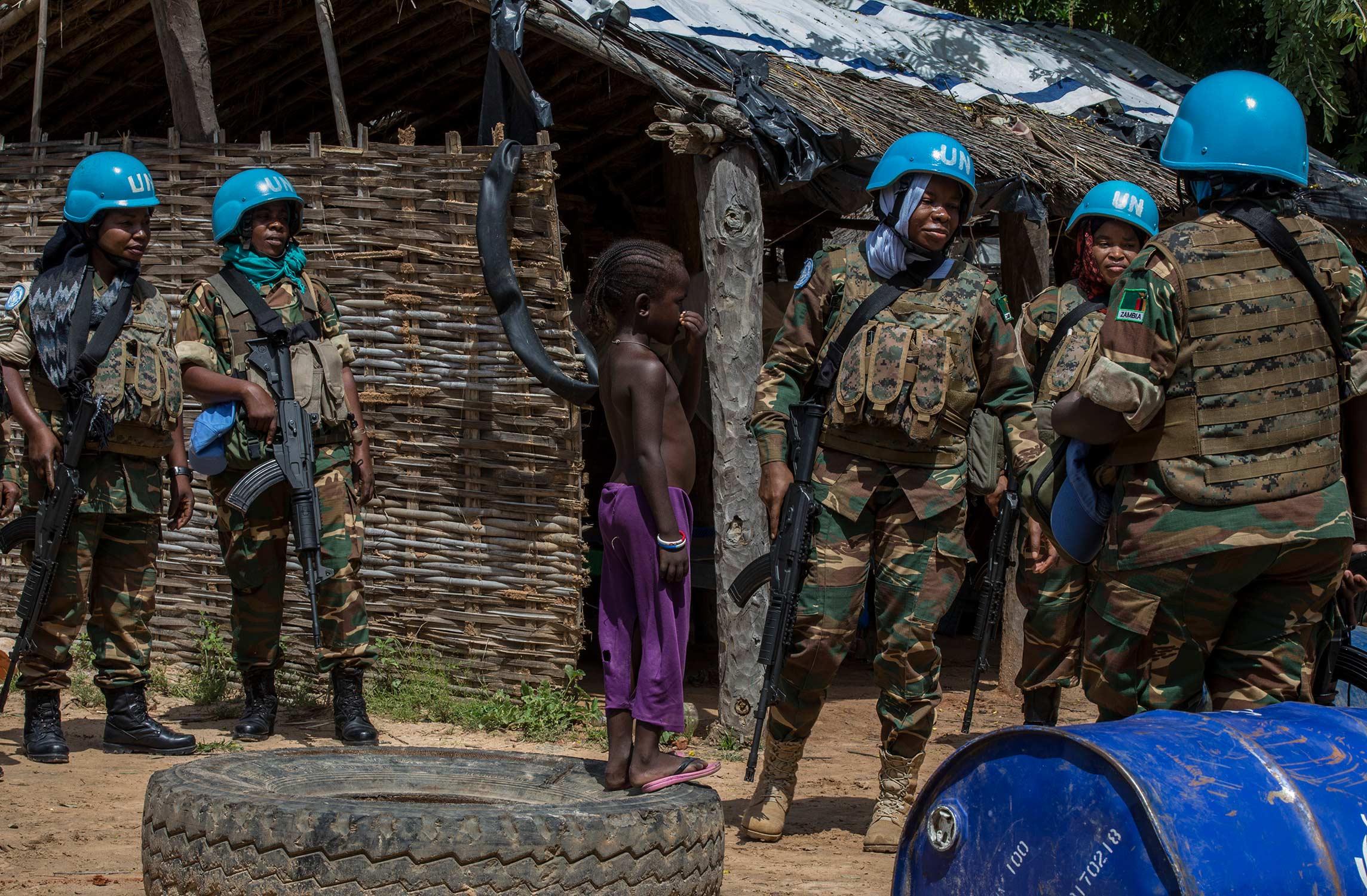
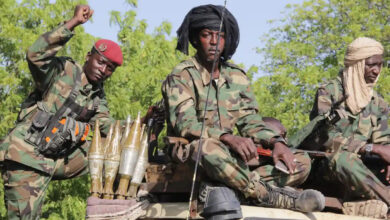
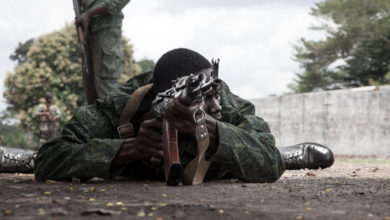

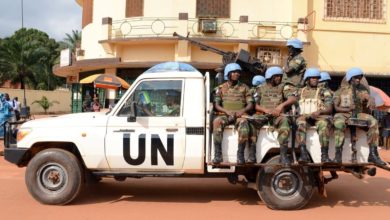


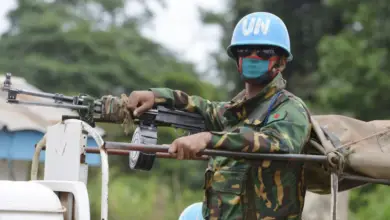
One Comment